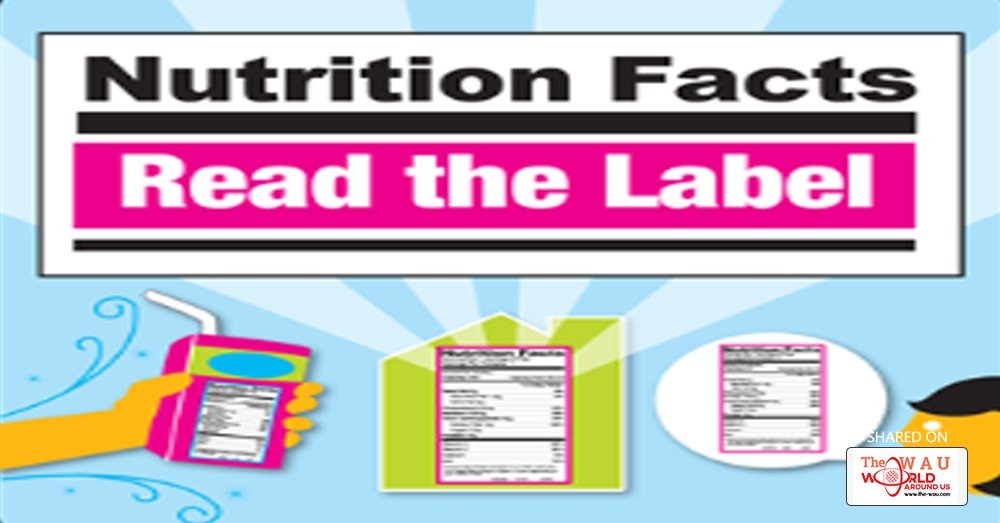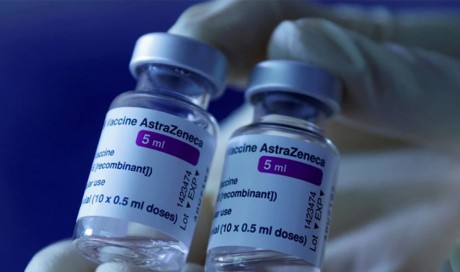It may be black and white, but the Nutrition Facts label on boxes and bags of food can be far from simple. Many people say the chart confuses them. Still, it’s an important tool to make sure the food you choose for your family is healthy. Keep a few basics in mind to make sure you’re buying and eating smart.
Look at the Serving Size
The serving size is the standard of how much of a food most people eat in a single sitting. For example: “Serving Size: 1 cup (228g).”
Packaged foods and drinks often have more than one serving in the box, bag, or bottle. That’s why you’ll see servings per container listed with the serving size. One serving of whole-wheat crackers might be 12 crackers, but the box may have 20 servings, or 240 crackers total.
This part of the label can help you watch how much you or your kids are eating at once -- your portion size. It can help keep you from eating more than you should, which can lead to unhealthy weight gain.
Check Out the Calories per Serving
Calories are a way of measuring how much energy you get from a serving of food. The label will tell you how many of them you’ll get in one serving.
Kids’ calorie needs change as they grow, and also depend on how tall and active they are. Most 2-year-olds need around 1,000 calories a day. Active 18-year-old girls need as many as 2,400 calories a day, and active 18-year-old boys need 3,200 calories daily (that’s similar to calorie needs for active men and women).
Look at the Daily Values
Underneath the Calories line, you’ll see a list of nutrients. This includes total fat, sodium, protein, and vitamins like A and C. For each of them, you’ll see a % Daily Value (DV). This is the percentage of your daily nutrient needs you get from a single serving of that food, based on an average person who eats a 2,000-calorie-a-day diet. (Again, most kids need around 2,000 calories daily.) This can give you a good idea of whether a food is a poor, OK, or good source of a nutrient. A Daily Value of 5% or less is “low” in a nutrient. A Daily Value of 20% or more is “high” in a nutrient.
...[ Continue to next page ]
Share This Post












